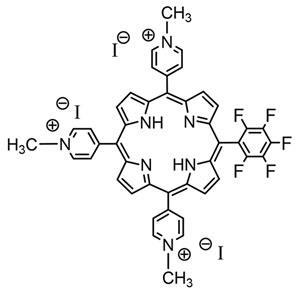
Hospital wastewater has the potential to be a threat to public health as it can contain bacteria that may facilitate resistance transfer to other species within sewage treatment plants. As Adelaide Almeida, who led the study at the the University of Aveiro explains, ‘some pathogenic bacteria are more concentrated in hospital wastewaters and some of these strains are resistant to antibiotics, such as vancomycin-resistant enterococci and methicillin-resistant Staphylococcus aureus.’
Almeida’s team has shown that photodynamic inactivation (PDI) can effectively inactivate multidrug resistant-pathogenic bacteria. PDI uses a nontoxic photosensitiser, in this case a cationic porphyrin, which absorbs energy from visible light and transfers it to other surrounding molecules, creating highly cytotoxic reactive oxygen species (ROS) that inactivate microbial cells.
Kristjan Plätzer of the laboratory of photodynamic inactivation of microorganisms at the University of Salzburg in Austria says the experimental data presented in the paper is significant. ‘The antibacterial effect of photodynamic inactivation was remarkably high, demonstrating its obvious potential as a novel approach for inactivating resistant bacteria in hospital wastewaters,’ he adds.
Although the study’s findings are very positive, Almeida and her colleagues recognise that more experiments are needed to establish an inexpensive and environmentally friendly antimicrobial protocol. ‘The next steps are to determine the efficiency of PDI in raw hospital wastewater, the use of sunlight as a low cost light source and the possibility of immobilising the photosensitiser on solid supports.’
References
This paper is free to access until 17th March 2014. Download it here:
J Almeida et al, Photochem. Photobiol. Sci., 2014, DOI: 10.1039/c3pp50195g






No comments yet